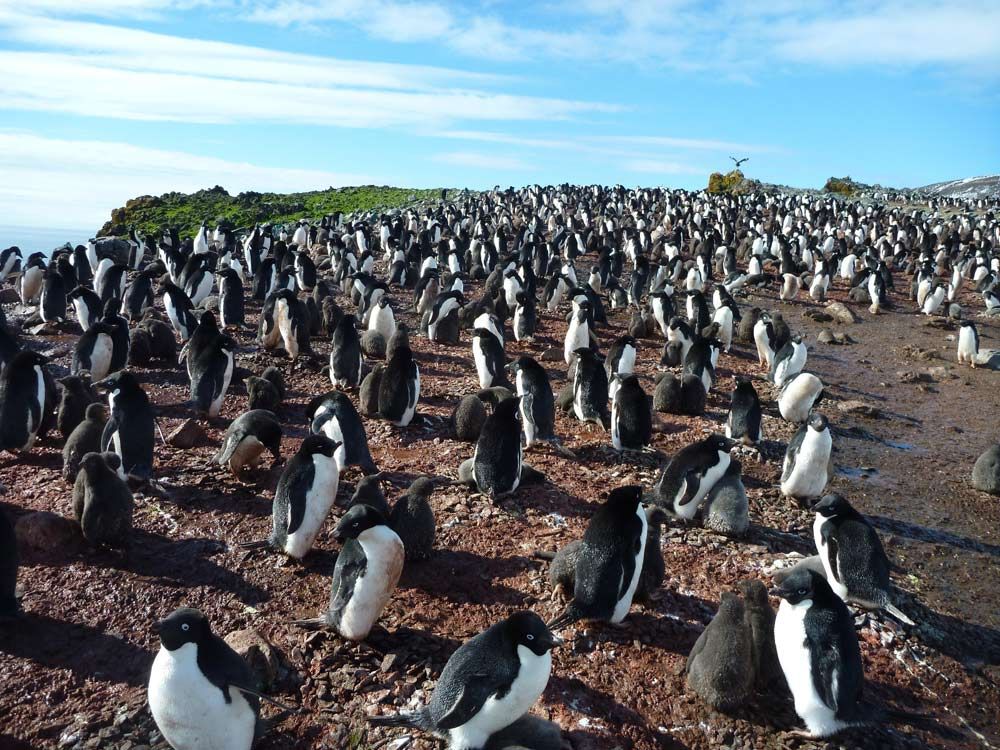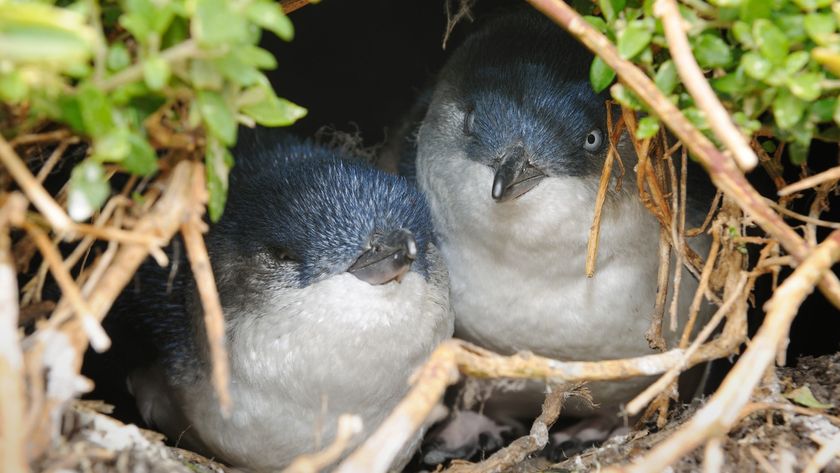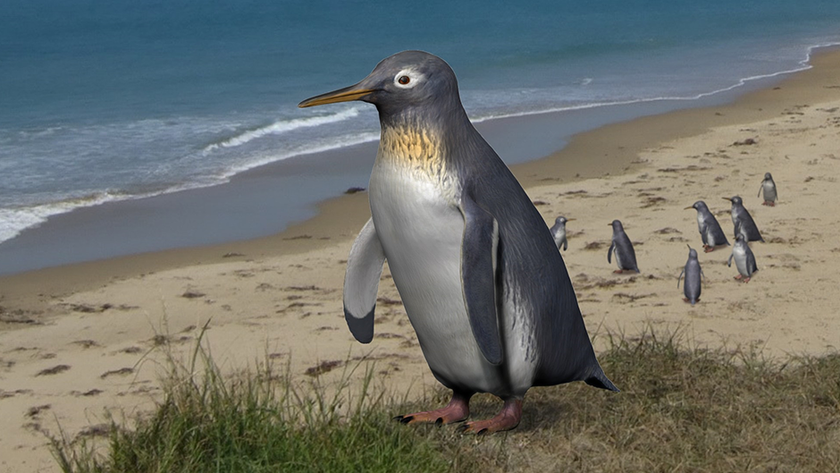
A new "critter cam" has captured the speedy dives of Antarctic penguins as they hunt for prey.
The videos, captured by cameras attached to the birds, reveal that when going for fish, penguins use shallow dives, but may plunge deep into the frigid Antarctic waters to capture their favorite food, tiny shrimplike crustaceans called krill.
While studies of penguins' stomach contents have revealed fish and krill, exactly how the best-dressed animals capture them has remained a mystery.
Yuuki Watanabe and Akinori Takahashi of the National Institute of Polar Research in Tokyo wanted to understand exactly how penguins hunt. To do so, they attached critter cams to 11 Adélie penguins that live in Lützow-Holm Bay, Antarctica. The critter cams recorded about 85 minutes of activity from each animal as they held their breath and dived for prey. The findings were published today (Jan. 21) in the journal Proceedings of the National Academy of Sciences.
While dives for fish produced a steady supply of food, dives for krill were more unreliable. [Image Gallery: Private Sex Lives of Penguins]
"This difference indicates that the success of penguins feeding on krill during a foraging trip depends on a small number of very successful dives, rather than a number of typical dives."
All in all, the penguins were impressive hunters, with no divers coming up empty-beaked. During about 88 minutes of diving (many individual dives), the Antarctic birds devoured 244 krill and 33 Arctic fish. The cameras also revealed that the penguins turned their heads quickly to engulf prey.
Sign up for the Live Science daily newsletter now
Get the world’s most fascinating discoveries delivered straight to your inbox.
"Our movies showed that the foraging behavior of Adélie penguins is remarkably fast and efficient," the researchers wrote.
The findings could help explain why the population of a penguin colony of Adélies doesn't seem to change with the amount of time the birds hunt.
Follow LiveScience on Twitter @livescience. We're also on Facebook & Google+.

Tia is the managing editor and was previously a senior writer for Live Science. Her work has appeared in Scientific American, Wired.com and other outlets. She holds a master's degree in bioengineering from the University of Washington, a graduate certificate in science writing from UC Santa Cruz and a bachelor's degree in mechanical engineering from the University of Texas at Austin. Tia was part of a team at the Milwaukee Journal Sentinel that published the Empty Cradles series on preterm births, which won multiple awards, including the 2012 Casey Medal for Meritorious Journalism.
Most Popular




